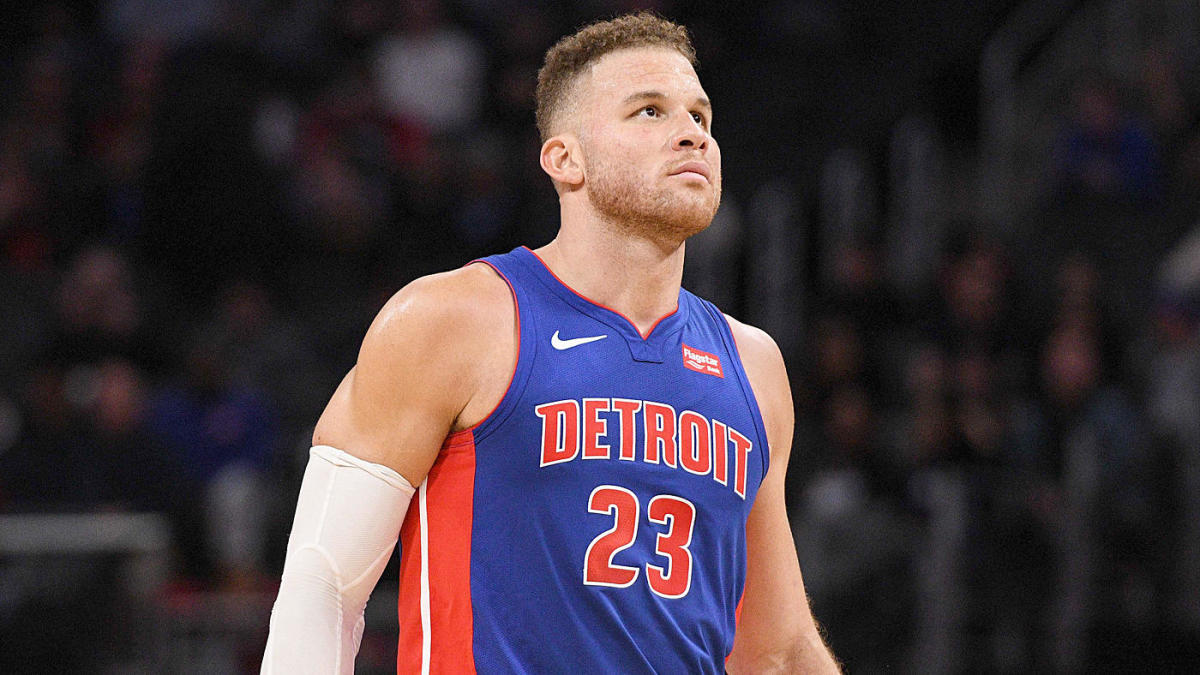Blake Griffin is the first domino to fall in the NBA buyout market this season. In what feels like an overdue buyout, Griffin becomes an essential add for any top contender. So, how does the buyout market work and which teams are in the hunt for the star power forward?
What is a buyout?
A buyout in the NBA is when a player and the organization mutually agree to part ways by settling on a discounted sum of money. A buyout is usually mutually beneficial because it allows the organization to pay out a smaller sum of money and gives the player an opportunity to sign with any team he pleases, often a contender. The rise in buyouts have become intertwined with the rise of the player empowerment movement because it allows veterans on bad teams the opportunity to play at a “discount” elsewhere, while still getting a partial salary from the organization they left. Generally, buyouts happen after the trade deadline but can also occur before the deadline under certain circumstances. The four most prominent reasons a buyout occurs are:
- An organization is unable to trade one of their players before the deadline so they instead agree to mutually part ways
- A veteran acquired in a deal earlier in the season, in an attempt to compete, doesn’t move the team into contention like the front office expected
- When a team takes on a “filler” contract in a trade and the player does not fit into their short or long term plans
- A player in their final contract year on a bad team is underperforming and wants to instead take their talents to a team in contention for the championship
After the player and team mutually agree, the buyout candidate enters the waiver wire.
The waiver wire and financial aspect of a buyout
As mentioned above after a player and team agree on a buyout, the organization waives the player and they enter the waiver wire. This 48 hour period allows teams to bid on that players current contract and add them to their roster only if they can take on their current salary without penalty. Since twenty seven teams sit over the salary cap apron they have to wait to sign a player bought out after he clears waivers and becomes a free agent.
Usually, when a buyout candidate enters the waiver wire, teams that are under the salary cap allow the buyout candidate to clear waivers as courtesy. Since they don’t fit the short or long term plans of an under the cap organization.
After the player clears waivers they are free to sign with any team they see fit. Financially, the reason that contenders are able to compete for a buyout player after they clear waivers even though they couldn’t claim him in the 48 hours prior is because of the league exceptions and free agency rules. Any team can sign a free agent to the NBA minimum salary to fill out a roster. For example, if Blake Griffin decides to sign with the Brooklyn Nets for the minimum the team would be able to waive one of their current players to make room for Griffin. Since it is a one for one roster swap there would be no restrictions or penalties stopping the Nets from completing the transaction. Organizations can also use an exception to sign a buyout candidate even if they are over the salary cap and into the luxury tax. The levels of the exception vary based on each teams financial situation but the mid level exception is the most common. The MLE is an allotted amount of money the league provides teams to help fill out their roster. The MLE can be used on one player or can be spread between two or three players, essentially a pot of salary to use at your own discretion. Since Brooklyn has not used their MLE to date, they could take the entire amount and use it to sign Griffin.
Essentially, exceptions and minimums act as a way for teams to improve in the buyout market without taking a major hit financially. Once a player clears waivers they are considered a free agent even though their talent could propel a contender to the next level.
An example of a recent buyout
This year, Blake Griffin is the biggest name on the buyout market and after finally reaching an agreement with the Pistons he became a free agent. Detroit and Griffin came to an agreement earlier in the week that would see the power forward give back 13 million dollars of the remaining 75.5 million on his deal. Based on the agreement the team waived Griffin and he is currently moving through the waiver process, expected to sign with the Nets after the 48 hours waiver period ends. The Nets have a variety of options to fit the former All-Star into their team financially. With their entire MLE and an additional 5.7 million after being granted a disable player exception for Spencer Dinwiddie, the team should have no problem paying the Pistons star a portion of the 13 he gave back.
Even though Griffin isn’t a defensive anchor, something Brooklyn sorely needs, buyout candidates usually have a specific skillset that benefits the organization they sign with. More than a situational player but not quite a star at this point in his career, a buyout candidate garners significant minutes on the team he signs with while also filling a gap that the team previously had.
Potential buyout candidates in 2021
- Blake Griffin (bought out and expected to sign with the Nets)
- Andre Drummond
- PJ Tucker
- Trevor Ariza
- George Hill
